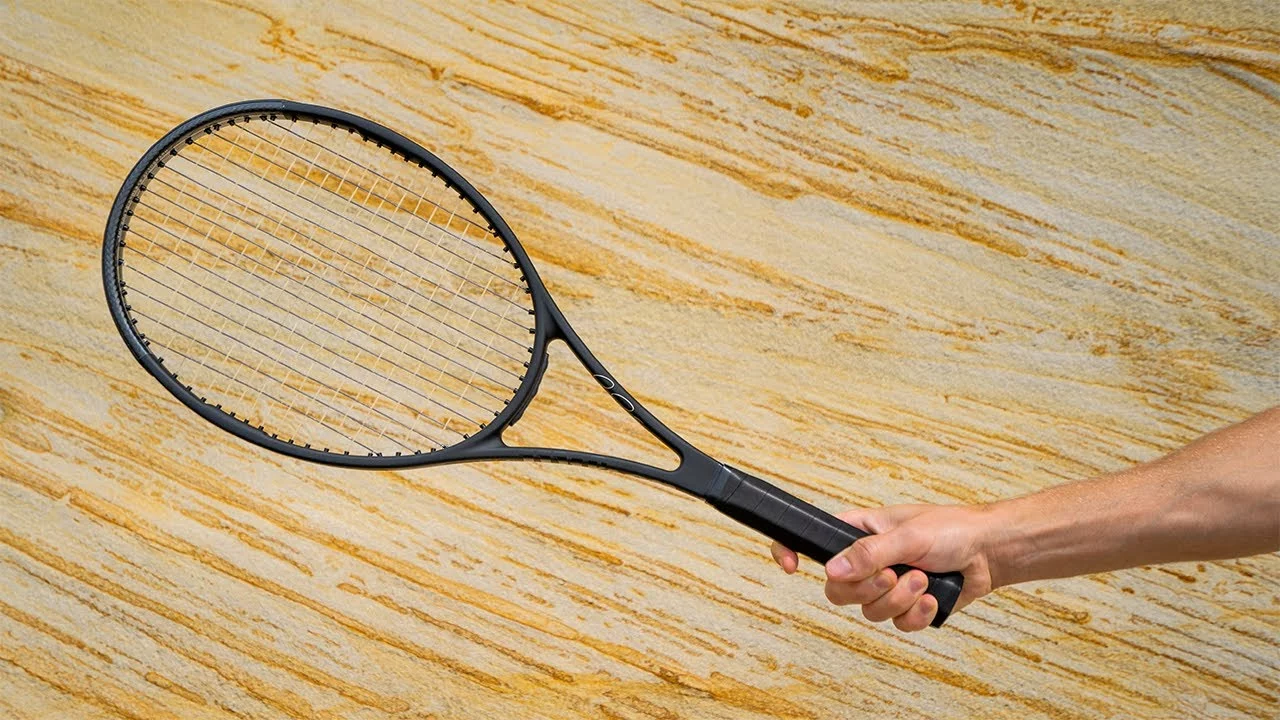Tennis Racket Basics: Pick the Right One and Keep It Playing
If you’ve ever stood in a sports store staring at rows of rackets, you know it can feel overwhelming. The good news? You don’t need to be a pro to understand what matters. A tennis racket is just a tool, and the right tool makes every swing feel smoother and more powerful.
How to Pick the Right Tennis Racket
First, think about weight. Light rackets (around 10‑11 ounces) are easier on the arm and help you move faster, perfect for beginners or players who love quick volleys. Heavier frames (12‑13 ounces) give more power on groundstrokes but need solid technique.
Next, check the head size. A larger head (100‑110 sq in) offers a bigger sweet spot, forgiving off‑center hits. Smaller heads (85‑95 sq in) give better control for advanced players who can place the ball precisely.
Balance is another clue. Head‑heavy rackets boost power on serves and baseline shots, while head‑light models improve maneuverability at the net. If you’re not sure, try a balanced racket that sits in the middle.
String pattern matters too. A dense pattern (18×20) gives a solid, control‑oriented feel, while an open pattern (16×19) adds spin and power. Your playing style will decide which feels right.
Finally, grip size. Measure the distance from the crease of your palm to the tip of your middle finger; most adults need a 4 1/4‑4 5/8 inch grip. A grip that’s too small forces you to squeeze too hard, leading to elbow pain.
Caring for Your Racket
After you’ve bought a racket, treat it like a bike—regular maintenance keeps performance high. Store it in a temperature‑stable place; extreme heat can warp the frame, and cold can make it brittle.
Restringing is key. Most players restring every 3‑6 months, depending on how often they play. A fresh string bed restores power and spin, and helps prevent arm injuries.
Check the grip regularly. Over time, the rubber wears out, making the handle slippery. Replace it when it feels smooth or starts to fray. It’s a cheap fix that makes a big difference.When you’re not on the court, toss the racket in a bag with a racket cover or a simple cloth case. Avoid leaning it against a wall for long periods; that puts stress on the shaft.
Lastly, inspect the frame for cracks or dents after each session. Small cracks can spread, turning a minor issue into a costly break.
Choosing the right tennis racket and looking after it doesn’t require a PhD. Focus on weight, head size, balance, string pattern, and grip—then keep the racket clean, strung, and stored right. Follow these simple steps, and you’ll notice more confidence in every swing, whether you’re playing a casual rally or chasing a tournament win.
